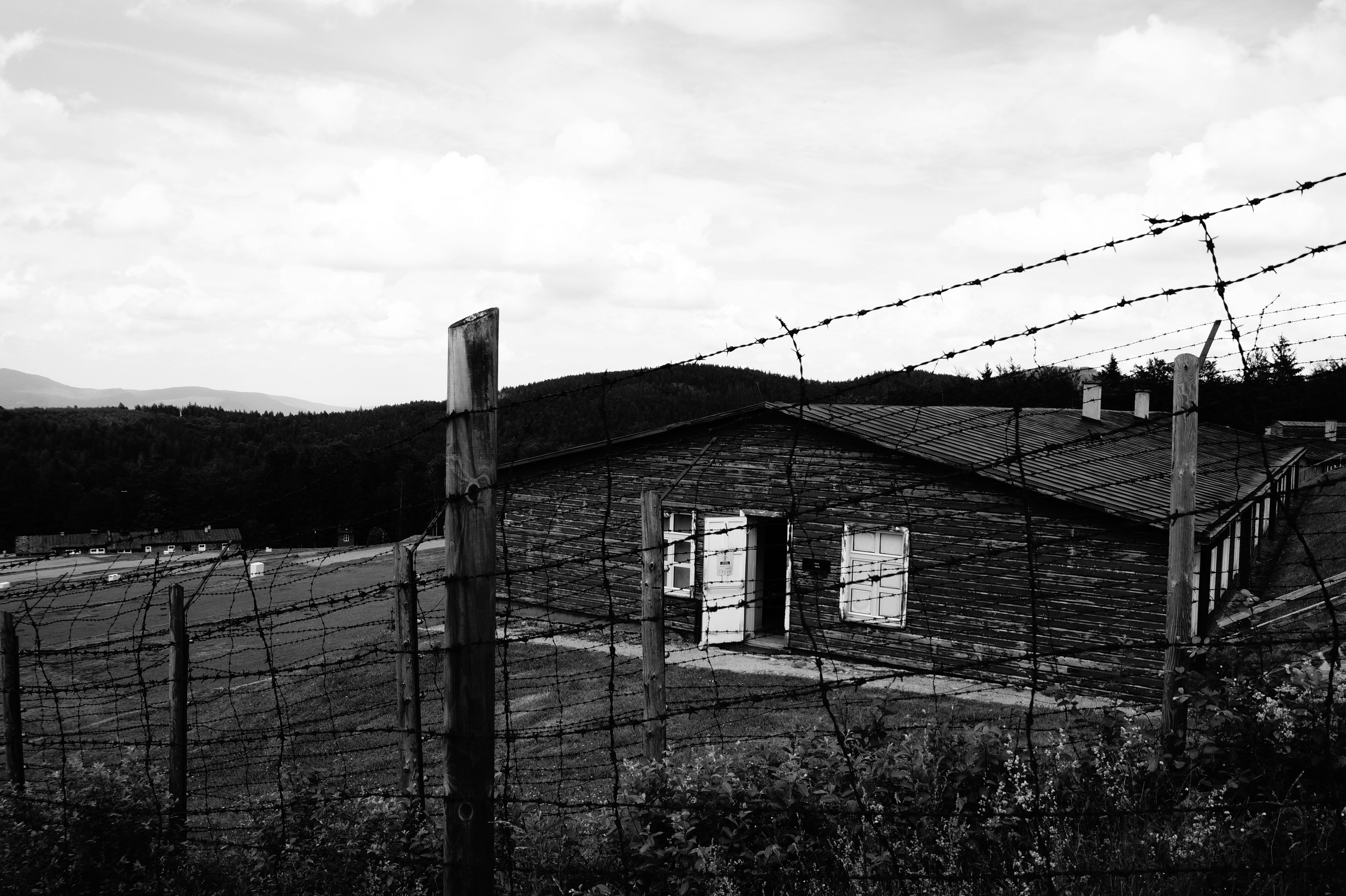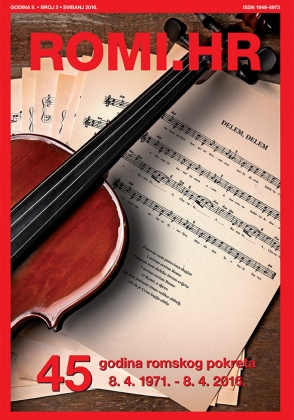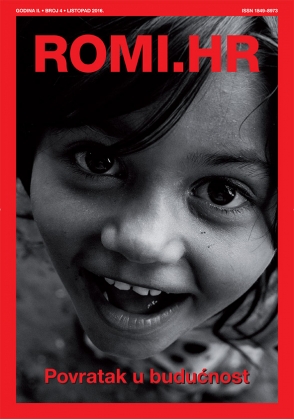Focus ROMI.HR
/At a first glance, the Norwegian non-governmental organisation Norwegian Mission among the Homeless may seem like a good way of helping vulnerable groups of society, but was it really as good as one may believe?
Since the end of the 19th century, Norway has established and implemented various assimilation policies targeted at Roma people. Many of them were organised through the association Norwegian Mission among the Homeless (Norsk misjon blant hjemløse). An association that today might be most known for the establishment of Svanviken Labour Camp. However, their impact on Norwegian society and role in the public debate extended further than that. This association, which, judging by the name, was working towards ending homelessness, also seemed to have other ideological reasons behind their work.
Inspired by the sociology pioneer Eilert Sundt, the priest Jakob Walnum initiated and established “The organisation battling the wandering phenomena” (Forening til omstreifervæsenets modarbeidelse) in 1897, (from 1934: Norsk Misjon blant Hjemløse). The association was Christian and not officially in the care of the government, although they were in constant dialogue with, and sometimes hired and financed by the government. The association was an initiator for the national fight against “drifting” and, as they called it, wanderlust.
Except for Svanviken Labour Camp, many other institutions were established such as Bergfløtt Labour camp, which was specifically aimed at homeless and non-sedentary men. Bergfløtt was opened in 1911, and until it closed in 1936, it was inhabited by a total of 660 men. Their job was to perform manual labour in order to learn discipline and skills to be used in future employment. Among other things, they were doing woodwork, gardening and farming.
There were also several institutions designated for childcare. Walnum believed that the most effective way to end ”wandering” among the population was to separate children from their parents. The first childcare home opened in 1900. In total, NMH established six institutions for childcare, and it has been estimated that 1500 children were separated from their parents in this process.
Norwegian Mission Among the Homeless was a product of ideas and discussions that had existed long before 1897, when the association was established. One might suggest that the groundwork for it was laid as early as the 1840s. This is when the priest and sociologist Eilert Sundt started studying the Roma population in Norway. Eilert Sundt was, and still is, considered a pioneer in sociological studies in Norway, as he was the first one to survey the Norwegian population, and their living standards, especially in the countryside. He put a lot of focus into studying social differences and their causes, and he was the first Norwegian scholar known to have studied Roma culture.
Eilert Sundt was outspoken about his views on the Roma as a people, and the views were mostly negative. Sundt described the Roma people whom he had spent time with as dirty, lazy and of bad morals. At the same time, he believed that Roma people deserved the dignity of having access to the same type of accommodation as ethnic Norwegians, to learn how to read and to obtain a higher living standard, just as he wanted the majority population to do. Sundt's work was always motivated by his ideological and moral standpoint as a Christian priest during the 1800s. He viewed his contact with and studies of the Roma as a sort of missionary work, as his goal was to turn them into diligent, assimilated and God-fearing citizens.
Approximately 30 years later, in 1897, another priest tried to finish what Eilert Sundt started. One can easily appreciate the good work of the association, such as helping people out of poverty and providing them with a place to live. However, the consequences of NMH on the Roma peoples’ lives were not all that good as one may have hoped. The hostile attitude and not entirely good intentions towards Roma people from NMH becomes vivid when discussing the question of sterilisation. The association were strong advocates of forced sterilisation of Roma people, mainly women. At the labour camp Svanviken, forced sterilisation of some of the female inhabitants occured. Between the years of 1949-70, 37% of the women at Svanviken were sterilised.
The children who were put in childcare homes by NMH were there with the explicit purpose of being assimilated into majority values, way of life and religion. This goal was so important for NMH that they were willing to disregard the relationships between parents and children that were broken or harmed because of the childcare homes. A visible consequence of the actions of NMH is a widespread loss of cultural heritage and language in the Roma community today.
Norsk Misjon Blant Hjemløse played a big part in the sedentarisation of Roma people in Norway, and today, only a few Roma people are living a nomadic lifestyle in Norway. NMH existed until 1987, when it was overtaken by the new organisation “The Church’s Social Service” (Kirkens Sosialtjeneste). This organisation exists until today under the name CRUX, and has condemned all the wrongdoings of NMH towards the Roma population of Norway.
The story about Norsk Misjon blant Hjemløse tells us that a crucial part of helping vulnerable groups of society for the better is to listen to the group, their own desires and opinions, as well as viewing the group as equal to oneself. Some of the things NMH did were done with good intentions, but some, for example the promotion of forced sterilisation, were going directly against the right to individual freedom and power over one's own body that every human being has. Forced sterilisation is inexcusable, and not explainable with any arguments about the greater good. Hopefully, the individual’s right to decide over their own life and body will be prioritised by governments as well as non governmental organisations in their future actions, both in Norway and in the rest of the world.
 Back to Focus
Back to Focus













